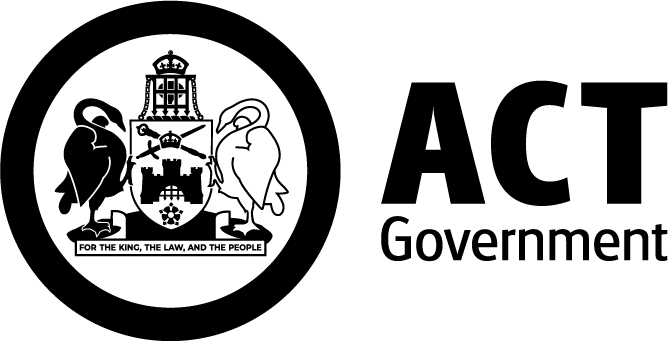Keeping children safe
Learn about the 10 Child Safe Standards in the ACT that aim to keep children and young people safe from abuse and harmful sexual activity.
All places that work with children must follow the ACT Child Safe Standards, including schools.
Child Safe Standards promote and protect the rights, safety and wellbeing of children and young people.
They represent the 10 core features for making organisations as safe as possible for children.
About the Child Safe Standards
The Standards were a recommendation of the Royal Commission into Institutional Responses to Child Sexual Abuse.
In 2024, they became law under the Human Rights Commission Act 2005.
ACT public schools have adopted the 10 ACT Child Safe Standards:
- Child safety and wellbeing is embedded in organisational leadership, governance and culture.
- Children and young people are informed about their rights, participate in decisions affecting them and are taken seriously.
- Families and communities are informed and involved in promoting child safety and wellbeing.
- Equity is upheld and diverse needs respected in policy and practice.
- People working with children and young people are suitable and supported to reflect child safety and wellbeing values in practice.
- Processes to respond to complaints and concerns are child focused.
- Staff and volunteers are equipped with the knowledge, skills and awareness to keep children and young people safe through ongoing education and training.
- Physical and online environments promote safety and wellbeing while minimising the opportunity for children and young people to be harmed.
- Implementation of the ACT Child Safe Standards is regularly reviewed and improved.
- Policies and procedures document how the organisation is safe for children and young people.
Child safe schools
A child safe school understands and applies the 10 ACT Child Safe Standards across all activities. This is demonstrated by:
- a culture which prioritises the safety and wellbeing of students
- an educated workforce who understands how to identify, prevent and respond effectively to child safety concerns
- regular participation by students and families in school safety planning
- following policies and procedures which are designed to keep students safe
- effective governance and accountability measures.
Child abuse reporting
By law, teachers and some school staff must officially report if they believe a child has experienced or is experiencing:
- sexual abuse
- non-accidental physical injury.
This is called mandatory reporting.
Anyone who is concerned that a child is being neglected or abused can report it. This is called voluntary reporting.
Learn more about voluntary and mandatory requirements for reporting child abuse.
Students displaying sexual behaviour
Children and young people are naturally curious about their bodies and relationships as they grow and develop. It’s important to know that sexual behaviour is a normal part of development and exists on a spectrum.
- Most children and young people show behaviours that are typical for their age and stage of development
- Some behaviours may be concerning, and might suggest a need for guidance or support
- A small number of children may display harmful sexual behaviour, which can be unsafe for themselves or others.
School staff have a duty of care to respond to any incident, allegation or reasonable belief that a student has experienced or has engaged in harmful sexual behaviour.
To help to understand and respond to these behaviours, read the Traffic Light System snapshot [PDF 160 KB].
Concerns and complaints
You might want to raise a concern or make a complaint if you are worried about:
- the safety, health or wellbeing of children
- staff behaviour or conduct.
You can raise a concern or make a complaint about an early childhood education and care service, public school or non-government school.
Find out how to raise a concern or complaint.
